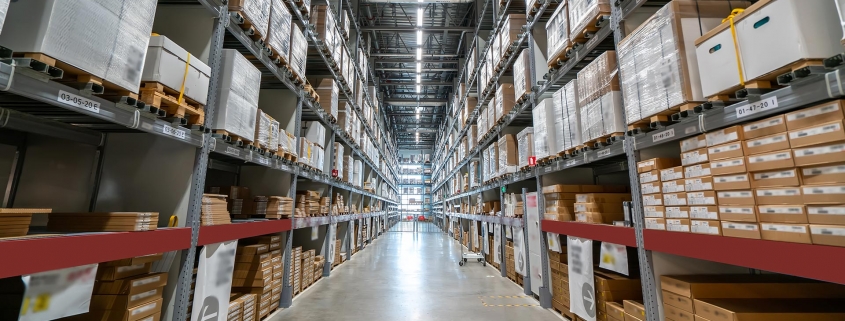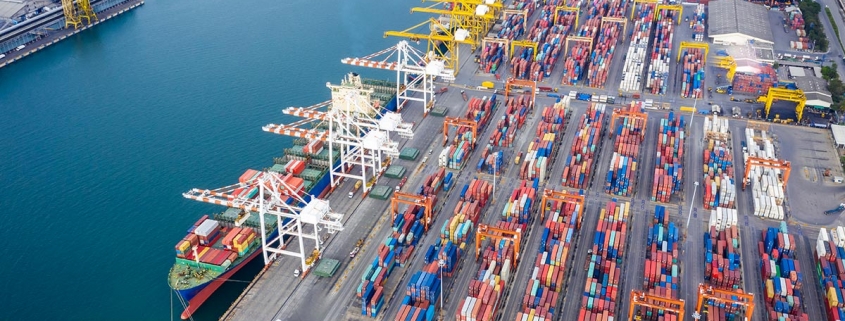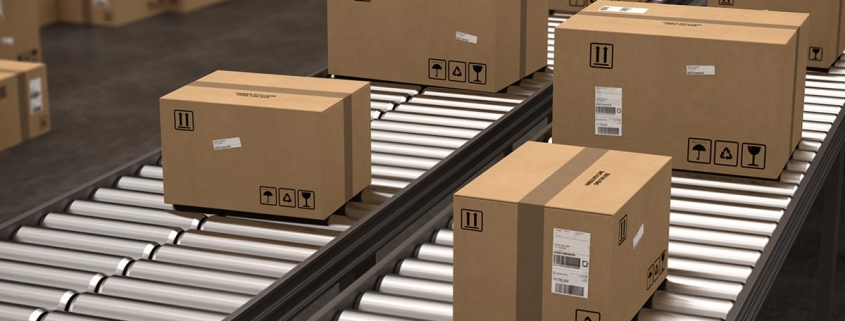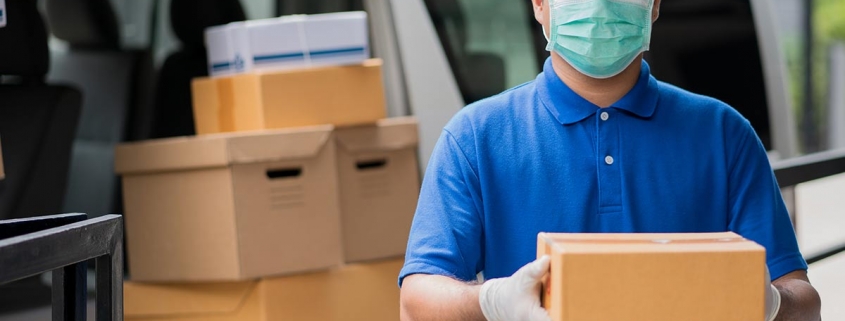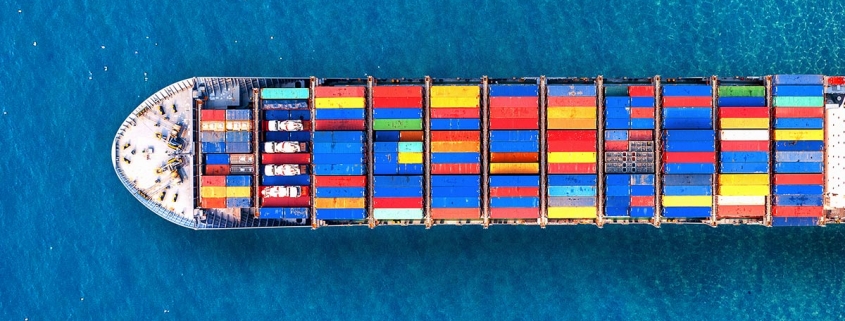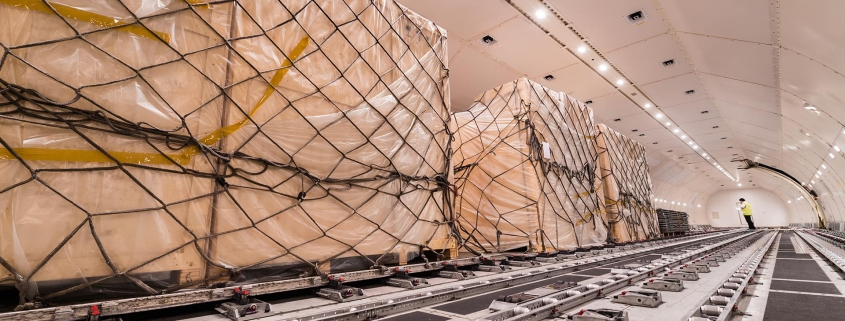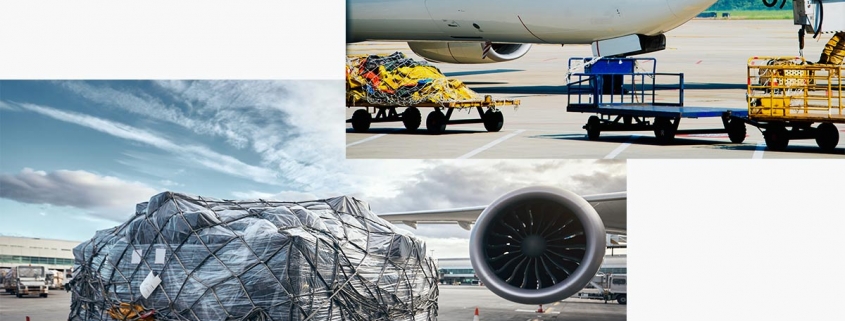Hello everyone! Today, I want to share with you how to avoid cultural differences and misunderstandings in international logistics, ensuring smooth operations. 🌍🤝
Firstly, it’s crucial to understand and respect cultural customs in different countries and regions. Each country has unique values, etiquette, and business practices. We should make an effort to learn and abide by these rules to avoid awkwardness or conflicts in business exchanges. #CrossCulturalCommunication #CulturalRespect
Secondly, flexibility and adaptability are key. In international logistics, we may encounter various work styles and concepts of time. Understanding and accepting these differences, and adjusting our own work methods flexibly, allows for better collaboration with partners and clients. #Flexibility #Adaptability
Effective communication is essential for eliminating misunderstandings. Language barriers can be a challenge, but we can overcome them by using translation tools or hiring translators. Additionally, using concise language and visual communication methods can better convey our intentions to others. #EffectiveCommunication #LanguageTranslation
Lastly, building trust and fostering good relationships is the foundation for addressing cultural differences. We should strive to establish trust and win-win relationships with partners and clients, cultivating a positive collaborative atmosphere. This reduces misunderstandings and conflicts while laying the groundwork for long-term cooperation. #Trust #CollaborativeRelationships
In conclusion, avoiding cultural differences and misunderstandings is crucial in international logistics. By respecting cultural differences, being flexible and adaptable, communicating effectively, and building trust, we can achieve smooth logistics operations and drive international cooperation. Let’s work together towards success! 🚀✨ #InternationalLogistics #CulturalDifferences


